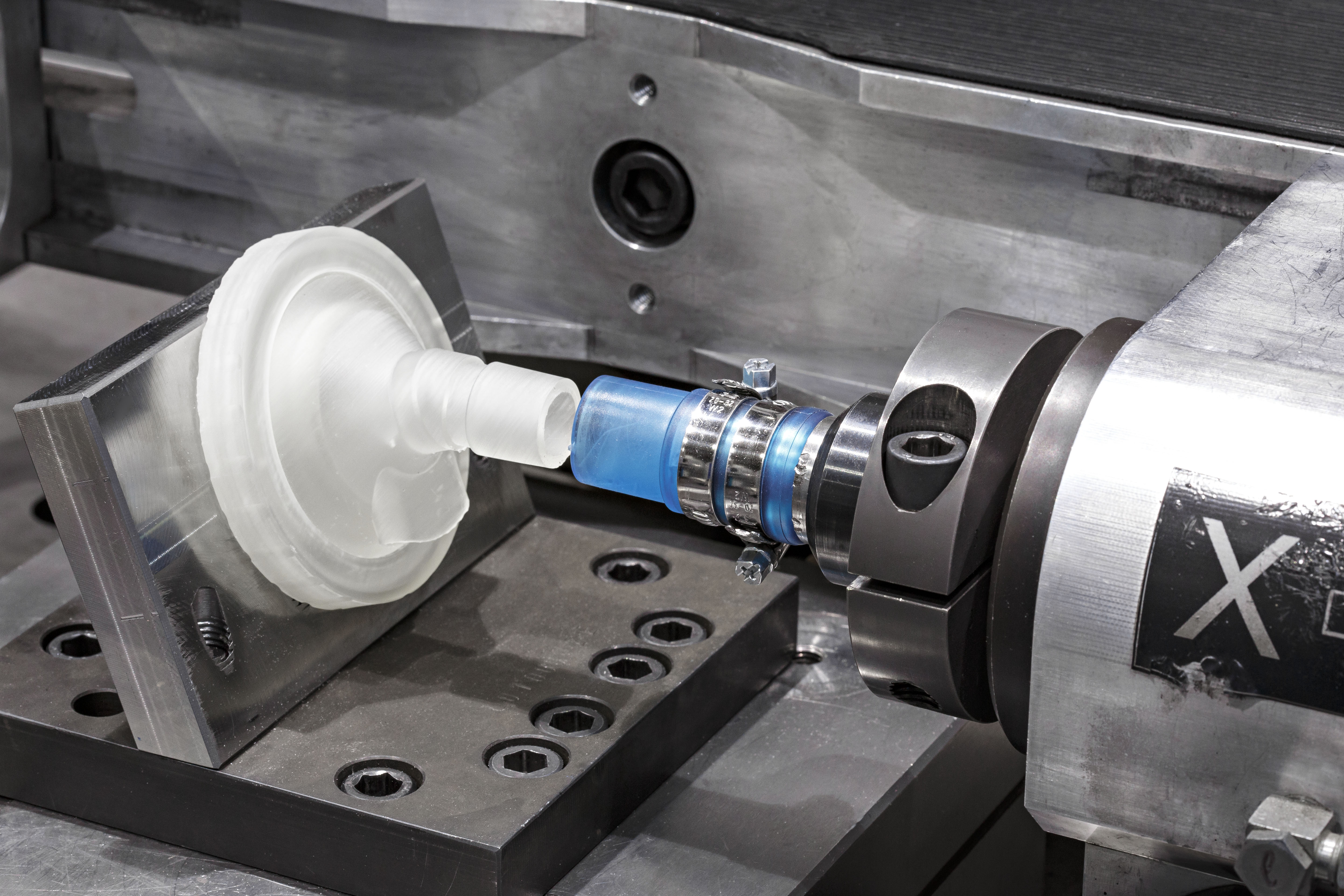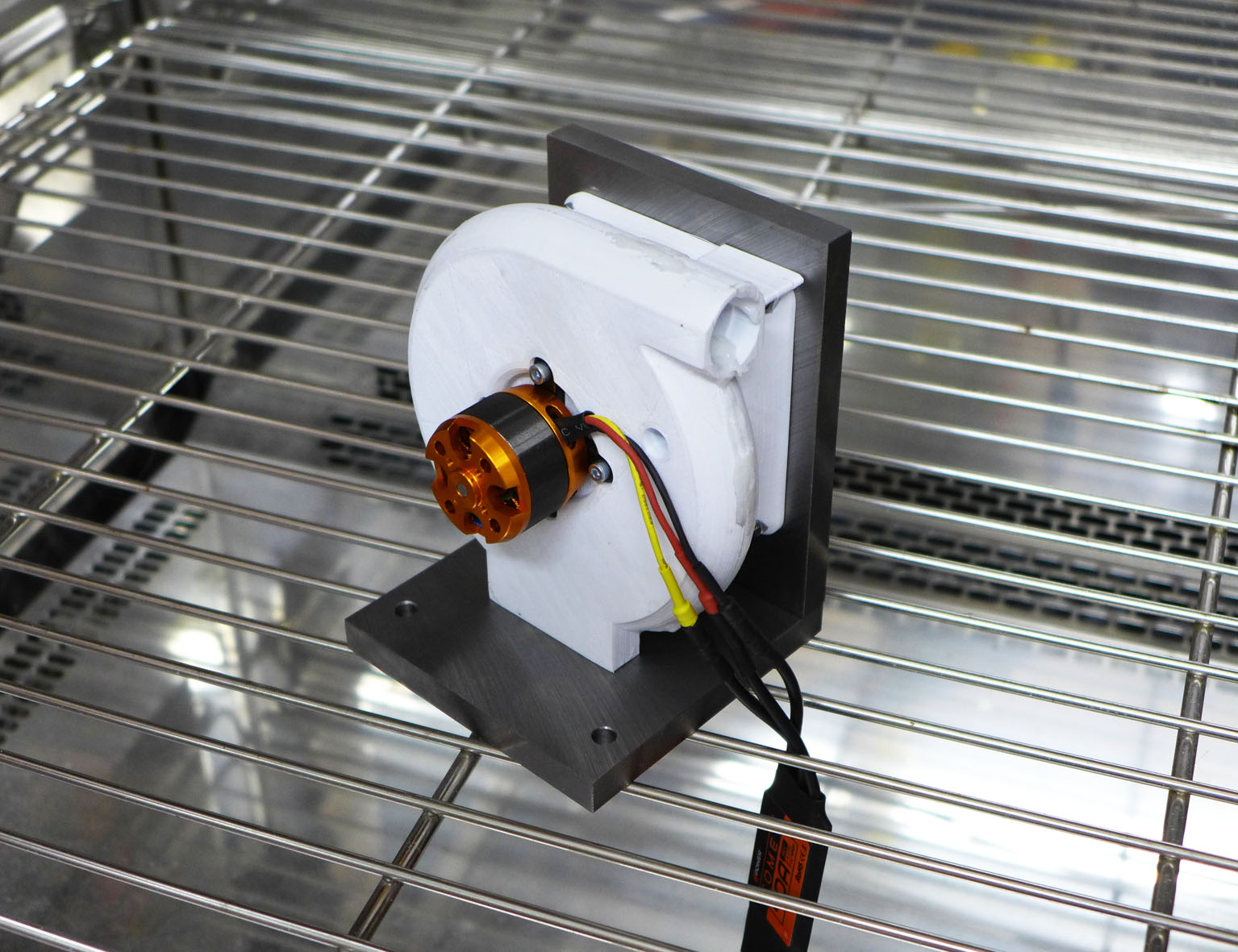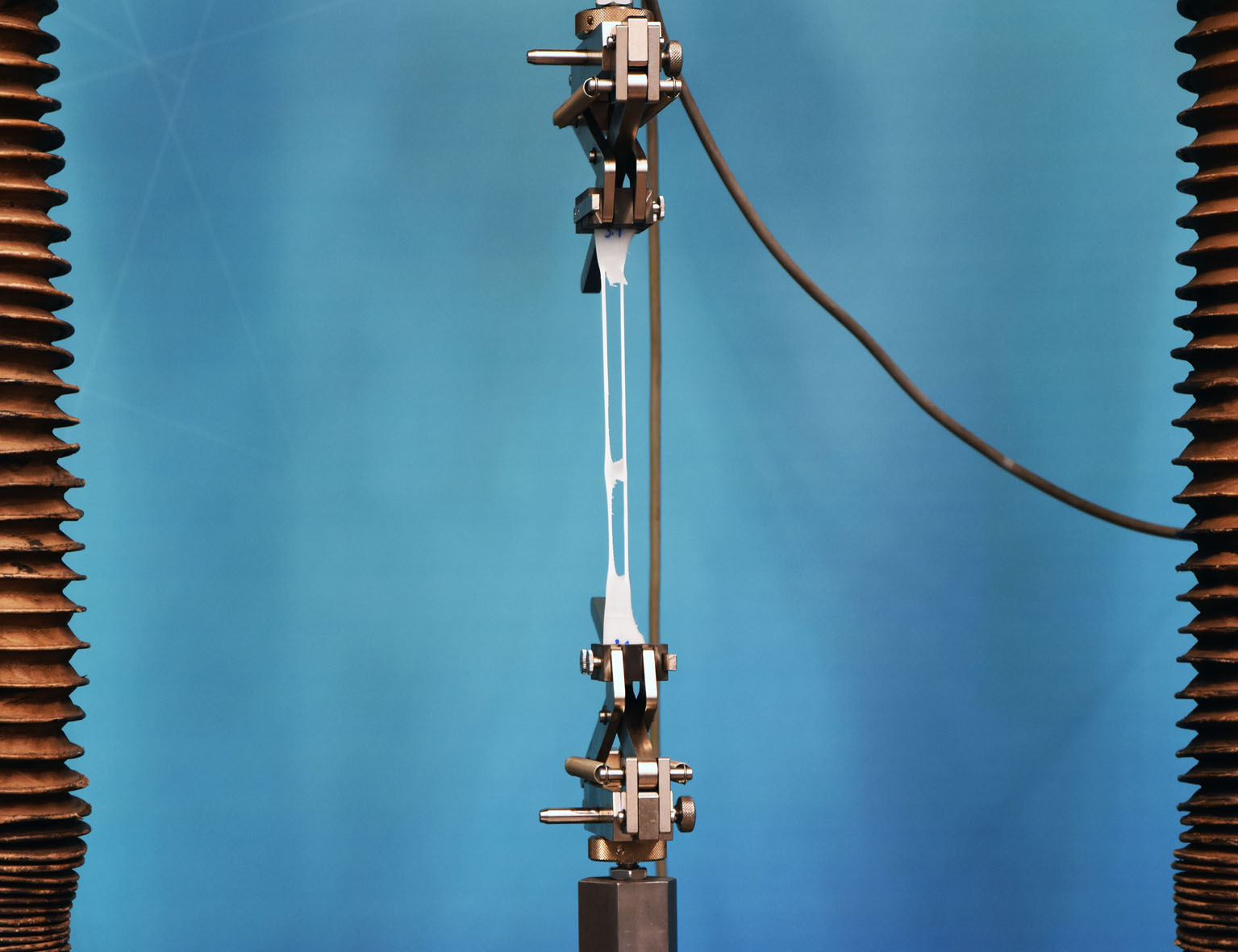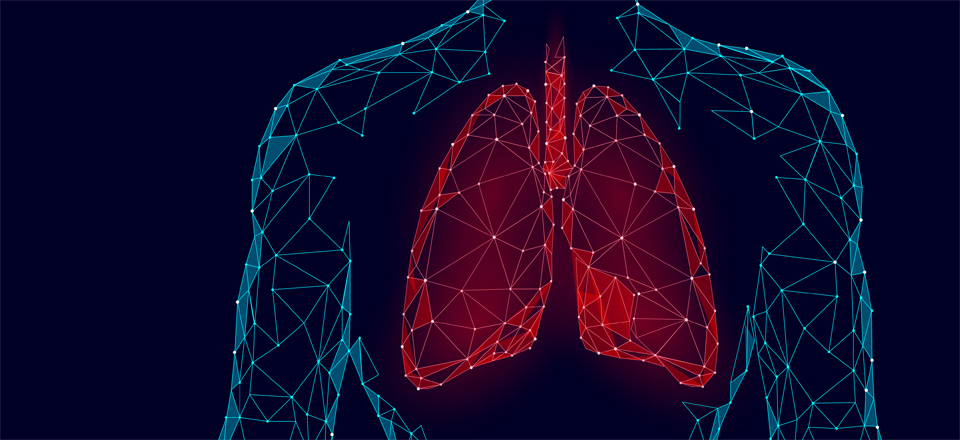PEEP valves for respirators
PEEP valves are subjected to mechanical stress due to the axial force, lateral force and torsional moment caused by tube ends being slid on and pulled off. To investigate their system reliability, the Smart CPAP Team’s 3D-printed PEEP valves were clamped to a servo-hydraulic testing bench and subjected to strain using a special test cycle. In this test cycle, a tube end is slid on to the PEEP valve using an axial rotating movement, in the same way as a person would do it. Given that the possibility of lateral forces occurring during this process cannot be ruled out, these were also observed as part of the test cycle. After a dwell time to increase the static friction, the hose end is then pulled off the PEEP valve using an axial rotating motion. After another dwell time to allow the tube end to relax, the test cycle is repeated. This time-lapsed test made it possible to uncover weaknesses in the PEEP valve after only a few days, which would otherwise only have become apparent after having been in operation for several months. The tests were also carried out at a higher temperature, given that the possibility of cost-effective respirators being used under tougher conditions cannot be ruled out.
Turbine housing for respirators
Imbalance of the turbine can place dynamic stress on the turbine housing. The system reliability of Vivid Breath Team’s turbine housing, which was produced using a range of 3D-printing techniques, was subjected to system reliability tests involving placing it in a climatic chamber and subjecting it to a range of different temperatures and levels of humidity. To ensure comparability, the turbines were replaced with a mass with a defined imbalance. The structural rigidity, structural durability of the turbine housing and the durability of the connection between the motor and the housing were tested and optimized using vibrations produced by the motor and the imbalance.
Mask attachment straps
When putting on a mask, the attachment straps are stretched. The mechanical properties of the 3D-printed attachment straps produced by the Soteria Team were determined using tensile tests. Due to the fact that there is a very limited amount of space on the build plate of most 3D printers, it makes sense, due to the limited time available, to print attachment straps upright in a “rolled-up” position, instead of in a flat position. The tensile tests on perforated and unperforated attachment straps investigated the influence the manufacturing process had on the mechanical properties.
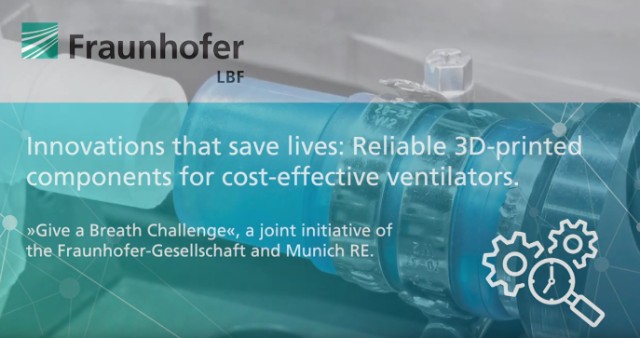
 Fraunhofer Institute for Structural Durability and System Reliability LBF
Fraunhofer Institute for Structural Durability and System Reliability LBF